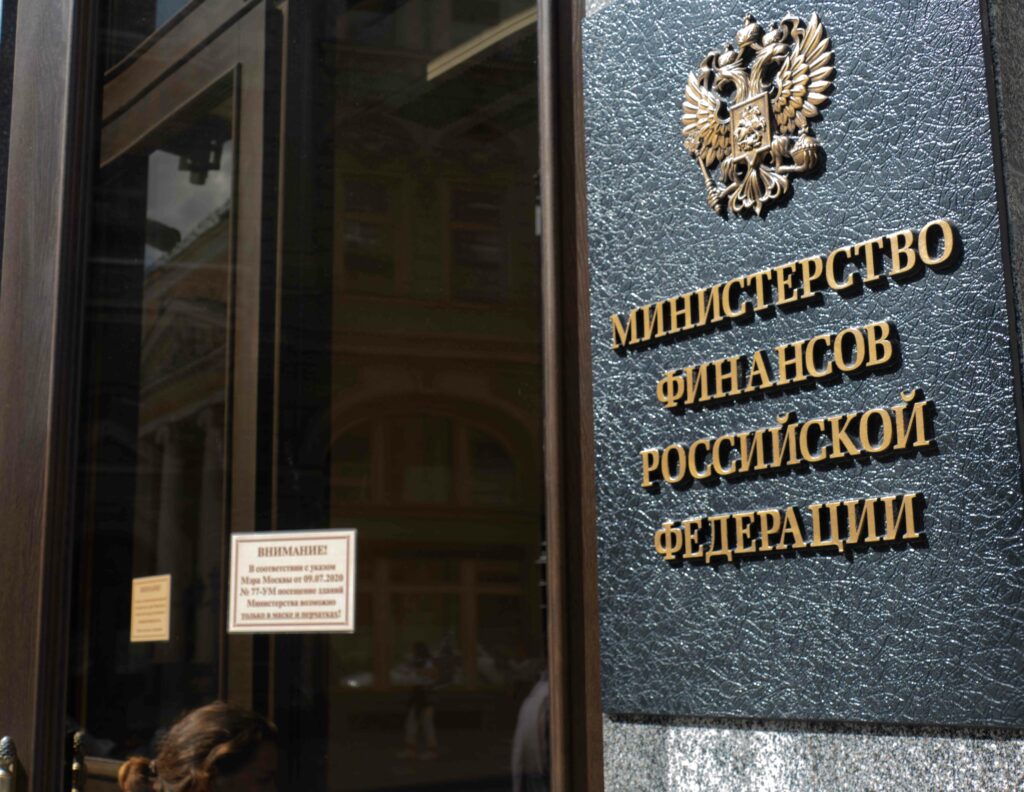
Key Takeaways:
- A Russian Finance Ministry official proposed developing a national stablecoin in response to international sanctions on platforms like Garantex.
- The U.S. and allies recently froze domains and assets linked to Garantex, with Tether freezing $27M in USDT.
- Russia is exploring broader crypto reforms, including state-run funds and recognizing crypto as property in criminal cases.
A senior official from Russia’s Finance Ministry has proposed the development of a national stablecoin in response to international restrictions on Russian-linked crypto platforms.
Osman Kabaloev, deputy director of the ministry’s financial policy department, suggested that Russia should create a stablecoin similar to Tether’s USDT.
According to Reuters, Osman Kabaloev, Deputy Head of Russia’s Finance Ministry Financial Policy Department, said the country should consider developing its own stablecoins, potentially pegged to non-dollar currencies, following last month’s freeze of Russia-linked digital…
— Wu Blockchain (@WuBlockchain) April 16, 2025
His remarks follow coordinated actions by the U.S., Germany, and Finland to freeze domains of the sanctioned Russian crypto exchange Garantex, alongside Tether freezing $27 million in USDT associated with the platform.
Kabaloev noted that while stablecoin use isn’t restricted under Russia’s experimental legal regime, recent events show the risks and the need for independent, internal instruments.
Garantex, sanctioned in April 2022 for alleged money laundering, reportedly processed over $96 billion in illicit funds, and may have resurfaced under a new name, using ruble-backed stablecoins.
Meanwhile, Russia’s crypto policy is evolving: proposals include a state-run crypto fund based on seized assets, and new legislation to classify cryptocurrencies as property in criminal cases.
These developments coincide with a booming global stablecoin market, which surpassed $200 billion in early 2025.
A joint study by Artemis and Dune reported a 50% increase in active wallets and $27.6 trillion in 2024 stablecoin transactions—surpassing Visa and Mastercard’s combined volume by 7.7%.

